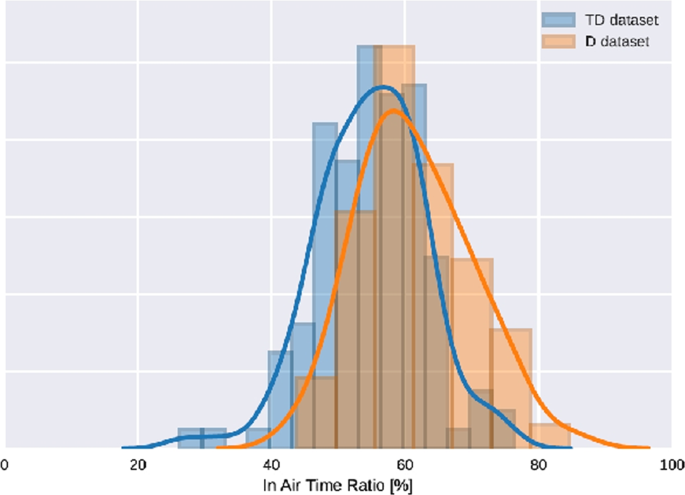Diagnosis tool for dysgraphia: about the importance of its robustness
Published in Healthcare & Nursing
Our paper (https://www.nature.com/articles/s41746-019-0114-0) arose from discussions about the robustness requirements and the importance of the data used for the development of a diagnosis tool. This reasoning process built on our collaboration with a specialist in applied mathematics (Dr Vincent Brault) from Grenoble Alpes University (Jean Kuntzmann Laboratory) and one neuroscientist, specialist of children development and dysgraphia (Dr Caroline Jolly) from CNRS (Department of Psychology and NeuroCognition). I also thank my colleagues specialists in machine learning, Dr Jerome Boutet and Dr Saifeddine Aloui, who largely contributed to this discussion.
Indeed, scientific communication about a new diagnosis tool should have a strong impact on medical care. Also, the strong expectations from patients and their family has to be considered. That is why it is so important, in this field, to assess carefully all possible methodological biases and state well potential limitations.
Recently, an automated diagnosis tool for dysgraphia has been published (Asselborn et al, Nature Digital Medecine 2018 https://www.nature.com/articles/s41746-018-0049-x), based on dynamic data acquired with common graphic tablets. The results that authors obtained seem very satisfactory. According to the authors, their work ”can be deployed directly as a diagnostics tool”. We think that this conclusion should be qualified, and we wanted to highlight in our comment several methodological issues that we perceive to be important. Among them, the omission of the evolution of the handwriting parameters with respect to the children age leads to a diagnosis tool which is not robust against the age of the tested child. Furthermore, the omission of the presence of dysgraphic children in the general population (between 5 and 10%) by considering all unknown children in their group as non-dysgraphic skews the results which lower the applicability of this tool in real applications. Nevertheless, the approach considering mathematical models for an automatic processing of various relevant handwriting parameters to help diagnosing more efficiently the dysgraphia is interesting and promising.
Handwriting mastering is essential for scholar and professional achievements, and requires years of formal teaching and practice. Some children never reach a sufficient automation level to free up attentional resources for the use in semantic, syntactic and orthographic aspects of writing. These handwriting difficulties, termed « dysgraphia », affect legibility and/or speed, and can seriously impact children scholar achievements and their self-assessment. It is thus crucial to diagnose and handle these deficits as early as possible. But, mathematical models that should be developed to achieve this goal have to be carefully assessed.
Follow the Topic
-
npj Digital Medicine

An online open-access journal dedicated to publishing research in all aspects of digital medicine, including the clinical application and implementation of digital and mobile technologies, virtual healthcare, and novel applications of artificial intelligence and informatics.
Related Collections
With Collections, you can get published faster and increase your visibility.
Artificial Intelligence in Emergency and Critical Care Medicine
Publishing Model: Open Access
Deadline: Jan 10, 2026
Evaluating the Real-World Clinical Performance of AI
Publishing Model: Open Access
Deadline: Jun 03, 2026




Please sign in or register for FREE
If you are a registered user on Research Communities by Springer Nature, please sign in